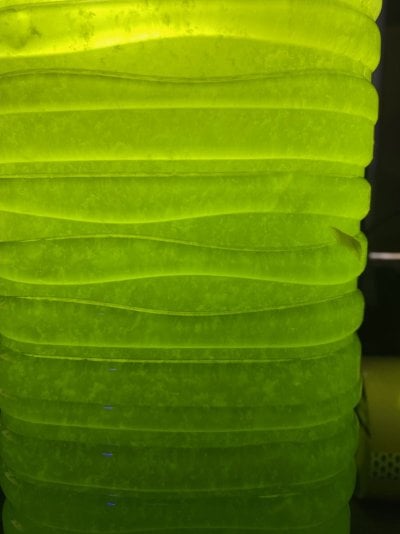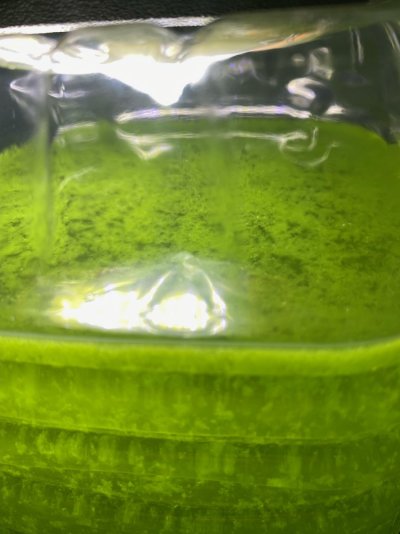I left this gallon of phytoplankton outside in the sun (~80 F), when I first took it out there were small particles at the bottom which would form if the phyto is left with no movement,
later today When I got home I went to shake it again and these large clumps had formed while I was gone, what exactly are they?
bacteria? dead phyto?
is this normal? or should I filter it out and start again?
can I reuse the saltwater? or is it contaminated?
I have viciously shaken the jug but they keep coming back


later today When I got home I went to shake it again and these large clumps had formed while I was gone, what exactly are they?
bacteria? dead phyto?
is this normal? or should I filter it out and start again?
can I reuse the saltwater? or is it contaminated?
I have viciously shaken the jug but they keep coming back
















